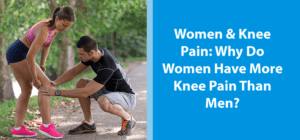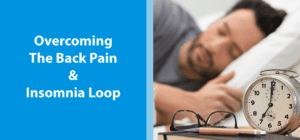
Travel Hacks to Manage Back and Neck Pain
It’s finally May… which means that vacation season is almost here! 10-hour flights to Europe and cross-country trips to stunning national parks are just around the corner. But, for people who suffer from chronic neck or lower back pain, planning for vacation can seem like a logistical nightmare. Even if you don’t suffer from claustrophobia, planes, cars, and tour buses can feel cramped. And, they don’t exactly allow for much movement, either. (Even if you have all the wiggle room afforded by first class!) So, how can you get the most out of your travel experience, without throwing your back into a 3-day spasm that hijacks your vacation plans? NJ Spine and Ortho’s experts will give you their top tips for managing neck and back pain while traveling by plane or car. Expert Advice for Airplane Travel with Neck & Back Pain Contact the Airline. Before you book your tickets, contact your selected airline to discuss accommodations for neck and back pain. If necessary, have your medical provider write you a note before your call so you can furnish documentation of your condition. Don’t hesitate to make use of the following services (offered by most major airlines) if you need them: Wheelchair service on and off the plane Shuttle service between terminals Assistance lifting or transporting luggage Gate passes to allow non-flying family members to assist you in reaching your gate Approval to carry medical devices, like your TENS unit, through security Opt for Roomy. If you have the economic means to upgrade your tickets to economy plus or business class, then consider doing so for long flights. Your neck and back will thank you. If you can’t, ask a flight attendant or an airline employee if you can receive a complimentary upgrade. (Unfortunately, this only works when extra seats are available…) Also, you might want to consider switching your seats to the back row. Although these seats often don’t recline, they also are less likely to book… Which means that you could luck out with an entire row to yourself to stretch out or lie down. Pack Light. The most common acute back or neck injuries on vacation result from improperly lifting heavy luggage. Instead, attempt to pack light or divide your luggage into several small bags instead of one large duffle. Don’t rush to grab your carry on items out of overhead bins at the end of the flight! Twisting the wrong way with your arms above your head is a recipe for disaster. Instead, slowly remove luggage in stages. Move your suitcase from the overhead bin, onto your seat, and then the floor. (Or, ask your flight attendant for assistance with removing your items.) And, remember that overhead items often shift around during flight. Unlatch overhead bins carefully to avoid sustaining a head or neck injury from falling luggage. Pack Right. With that being said, don’t skimp on packing equipment or items that you need to minimize your back pain. Consider packing the following: An empty ziploc bag


